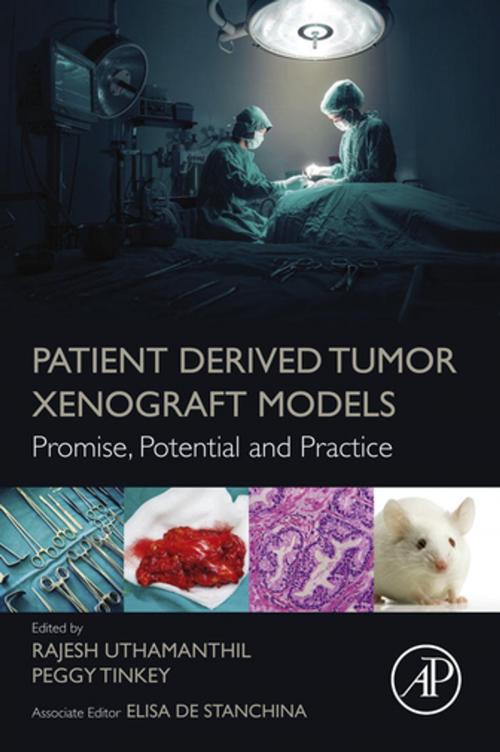Patient Derived Tumor Xenograft Models
Promise, Potential and Practice
Nonfiction, Health & Well Being, Medical, Veterinary Medicine, Surgery| Author: | ISBN: | 9780128040614 | |
| Publisher: | Elsevier Science | Publication: | October 13, 2016 |
| Imprint: | Academic Press | Language: | English |
| Author: | |
| ISBN: | 9780128040614 |
| Publisher: | Elsevier Science |
| Publication: | October 13, 2016 |
| Imprint: | Academic Press |
| Language: | English |
Patient Derived Tumor Xenograft Models: Promise, Potential and Practice offers guidance on how to conduct PDX modeling and trials, including how to know when these models are appropriate for use, and how the data should be interpreted through the selection of immunodeficient strains.
In addition, proper methodologies suitable for growing different type of tumors, acquisition of pathology, genomic and other data about the tumor, potential pitfalls, and confounding background pathologies that occur in these models are also included, as is a discussion of the facilities and infrastructure required to operate a PDX laboratory.
- Offers guidance on data interpretation and regulatory aspects
- Provides useful techniques and strategies for working with PDX models
- Includes practical tools and potential pitfalls for best practices
- Compiles all knowledge of PDX models research in one resource
- Presents the results of first ever global survey on standards of PDX development and usage in academia and industry
Patient Derived Tumor Xenograft Models: Promise, Potential and Practice offers guidance on how to conduct PDX modeling and trials, including how to know when these models are appropriate for use, and how the data should be interpreted through the selection of immunodeficient strains.
In addition, proper methodologies suitable for growing different type of tumors, acquisition of pathology, genomic and other data about the tumor, potential pitfalls, and confounding background pathologies that occur in these models are also included, as is a discussion of the facilities and infrastructure required to operate a PDX laboratory.
- Offers guidance on data interpretation and regulatory aspects
- Provides useful techniques and strategies for working with PDX models
- Includes practical tools and potential pitfalls for best practices
- Compiles all knowledge of PDX models research in one resource
- Presents the results of first ever global survey on standards of PDX development and usage in academia and industry















